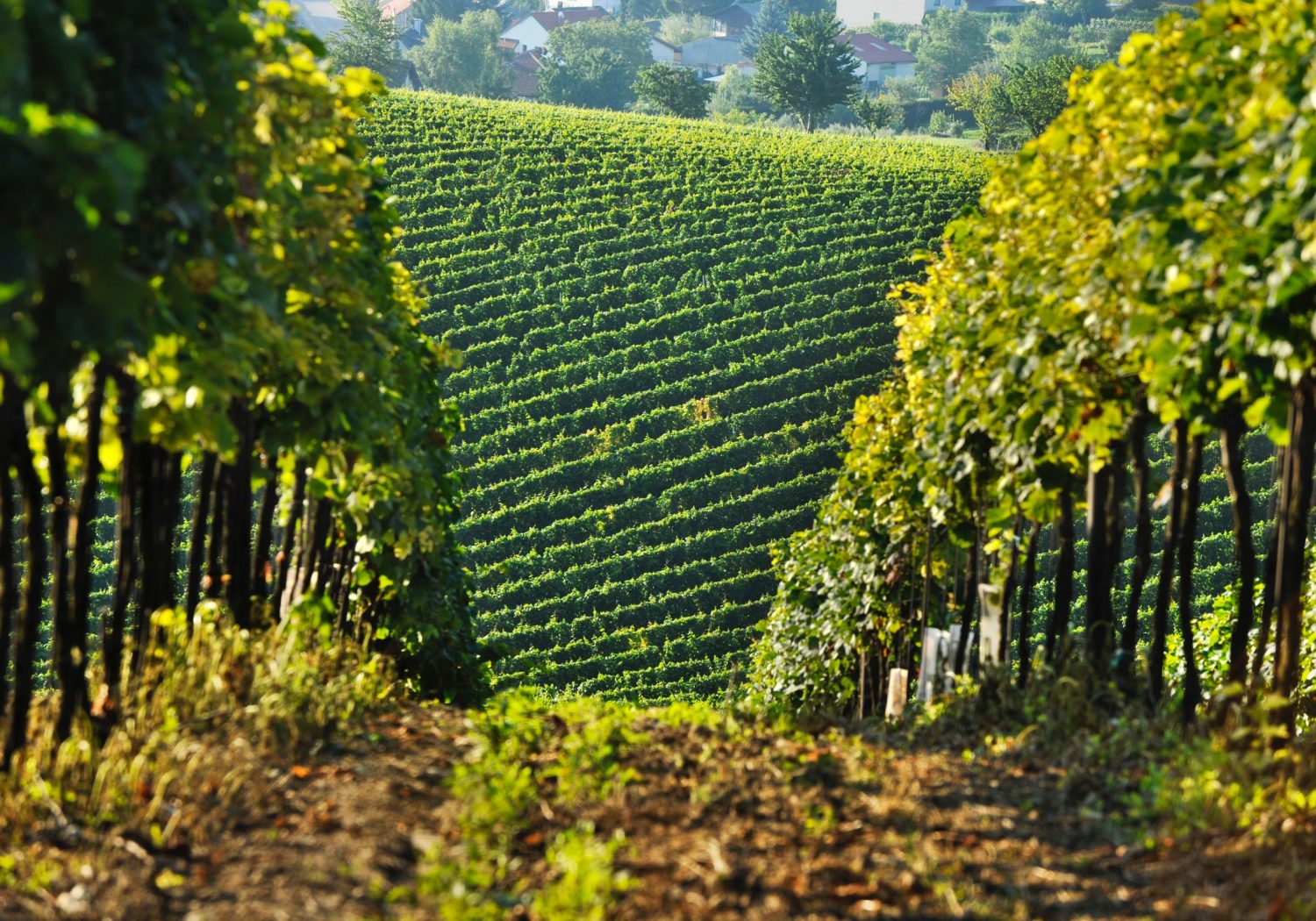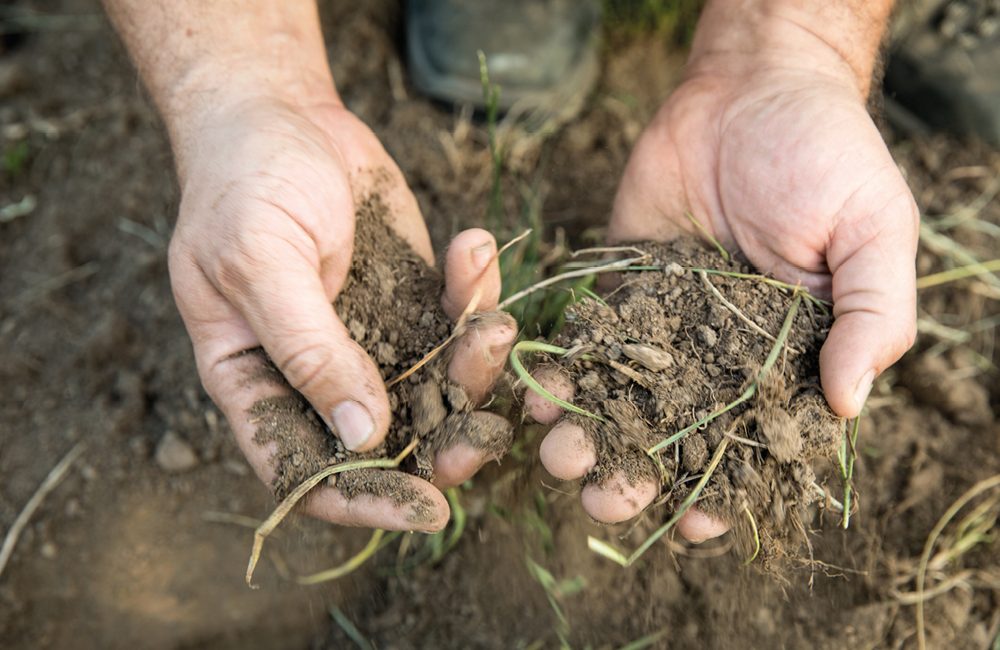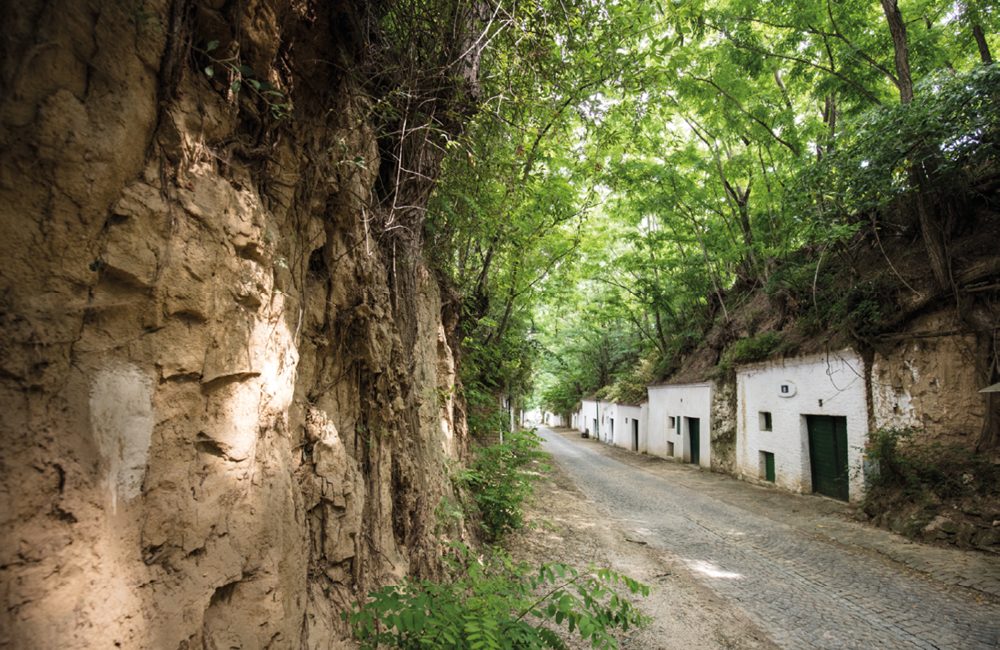Curtain up for the diverse natural landscape of the Weinviertel! In many places, visitors can gaze upon gently undulating green vineyards, archaic-looking sunken pathways and romantic Kellergassen – streets lined with wine cellar buildings. These give way to rugged rocky ridges that stand out from the landscape, characterised by forests and steppe-like meadows. The remnants of former wetlands can be found along the rivers Schmida and Pulkau. In an effort to preserve the biodiversity of wild flora and fauna in their natural habitats, the floodplains along the rivers March and Thaya have been designated protected European nature reserves, as have the Weinviertel’s limestone cliffs.
Large parts of the Weinviertel are used for agriculture due to its fertile soil. Cereals, and in particular vegetables, have been grown here for generations. The main crops include potatoes, onions, pumpkins and the famous Marchfeld asparagus. Fruit also thrives here. It is a little-known fact that with 325 hectares the Weinviertel is the largest region in Austria in which apricots are cultivated. In addition, a sizeable small game district stretches across the entire Weinviertel. Brown hares in particular love the wide fields, while pheasants and partridges can often be found foraging between the rows of vines. In other words, man and nature cohabit in harmony in this pristine ecosystem.




